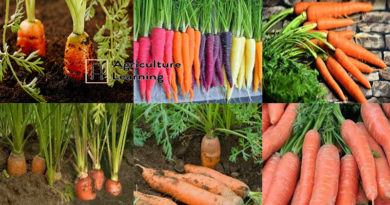How do I choose rootstock for grafting?
When choosing a rootstock for grafting, consider the following factors:
Compatibility:
- The rootstock and scion must be compatible. They should belong to the same species or closely related species.
- Incompatible grafts may fail to unite or produce weak, unhealthy trees.
Vigor:
- The rootstock should be vigorous and healthy to support the growth of the scion.
- A vigorous rootstock can lead to faster growth and earlier fruiting.
Disease Resistance:
- Choose a rootstock that is resistant to common diseases and pests in your region.
- This will help protect the grafted tree from diseases and improve its overall health.
Size Control:
- Some rootstocks can control the size of the grafted tree.
- You can choose a dwarfing rootstock to create a smaller tree, which is ideal for smaller gardens or container gardening.
Soil and Climate Adaptation:
- The rootstock should be well-adapted to your local soil and climate conditions.
- Consider factors like soil pH, water availability, and temperature extremes.
Additional Considerations:
- Availability: Ensure that the desired rootstock is readily available in your region.
- Cost: Some rootstocks may be more expensive than others.
- Local Advice: Consult with local horticultural experts or nursery professionals for specific recommendations based on your region and desired fruit variety.
By carefully considering these factors, you can select the best rootstock for your grafting project and ensure the success of your grafted tree.
67 total views, 1 views today




